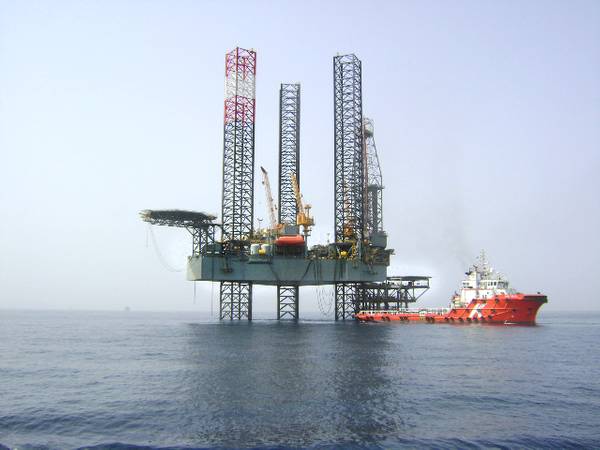
At 670 million barrels of recoverable oil, Mexico’s Zama field would be a nation-building giant in any prolific oil-bearing basin.
That reserves estimate — made this week by Netherland, Sewell & Associates for Talos Energy, the Houston-based outfit that found the field — is testing the policies of a newly reorganized Mexican Ministry of Energy. Next door to Block 7’s Zama is a Pemex block shown to hold about 40% of Zama’s barrels, meaning “unitization rules” apply.
The NSA estimate puts Zama at about a quarter of Norway’s giant new Johan Svedrup discovery, recently on-stream. More importantly, Zama helps show that Mexico isn’t down and out just because Pemex is raked in debt and the oil majors are in asset-swapping high gear.
Eni, for one, is aboard and has just turned on the oil tap at its shallow-water Area 1 field. Most of its other blocks — including those of its partners — can be tied in.
Talos chief executive, Timothy Duncan, appears to be calling for something similar. Make the bulk of Zama a hub unitized under one operator according to the “best practices” used to unitize cross-border UK-Norway oilfields or for cross-block developments elsewhere.
In both cases, the company with the greatest reserves percentage in their block becomes operator of a unitized oilfield — generally — or else operatorship passes to the company ready and able to extract reserves most efficiently (as happens in Norway). The unitization question hasn’t surfaced in Mexico for Eni, and the Italian major’s 100% ownership in Area 1 isn’t contested (it also owns license stakes in adjacent blocks).
Meanwhile, rig counts reveal “no rigs” of any kind in the Mexican offshore, although that, too, seems to build a false picture of the ability to get things rolling in the shallow, southwestern Gulf of Mexico. Seadrill JV, Seamex, for one, is ready and waiting with its five jack-ups should parties to the Zama dilemma decide a well could decide things.
Still, the experienced Talos has already drilled an exploration well and three appraisals, including a successful 2019 appraisal well that was one of four penetrations into the giant reservoir. A down-dip test also confirmed the oil-water contact.
“In addition, the data set included over 1,400 feet of whole core samples, an extended flow test, 185 pressure samples, 60 physical oil samples and 28 well logs,” Talos is saying. Mexican authorities are sure to get the message that Talos’s energy is what’s really needed.
Nation-builder
(We) will continue to advance the project engineering and design work while also finalizing unitization procedures,” Duncan says in a statement. “(We) look forward to another year of progress for Zama in 2020.”
For a cash-strapped Pemex and the Mexican government, the message is clear: the international offshore oil and gas industry is sticking around after five years of policy reform and is ready to build wealth. Even changed acreage award regimes won’t change that.
Talos is able to bring a Zama project to final investment decision (FID) this year after doing some early front-end engineering and design (FEED). Detailed engineering for two fixed production facilities capable of processing 150,000 barrels of oil per day are on offer.
Zama, in just 168 meters of water, would still produce from “the deepest production platforms ever installed in the history of offshore Mexico”. Talos, with 31 manned facilities already in the Gulf of Mexico, seems up to the task.
At stake, Talos says, is $28 billion in revenue for the Mexico's government — “in addition to Pemex’s share of Zama”.